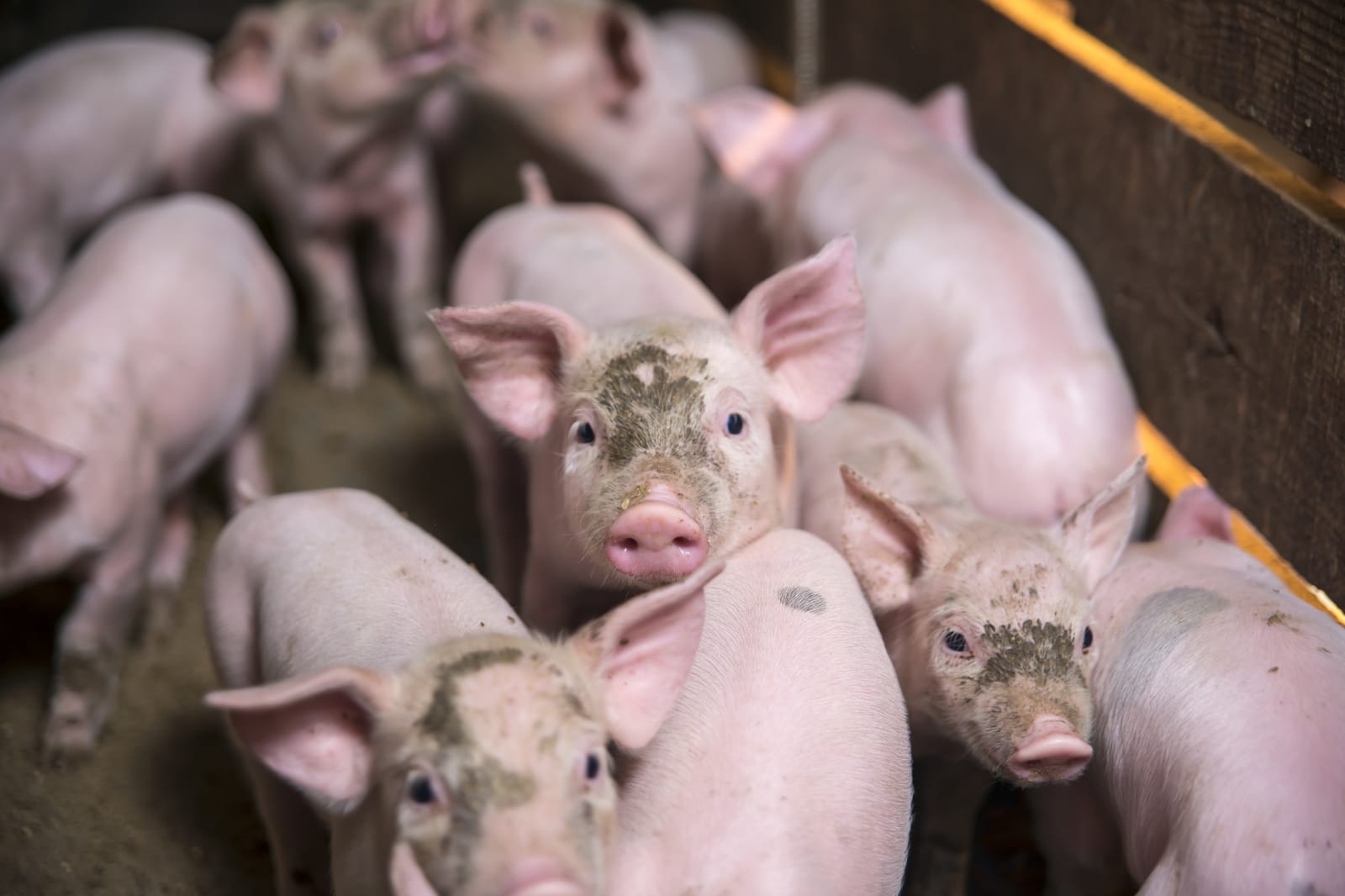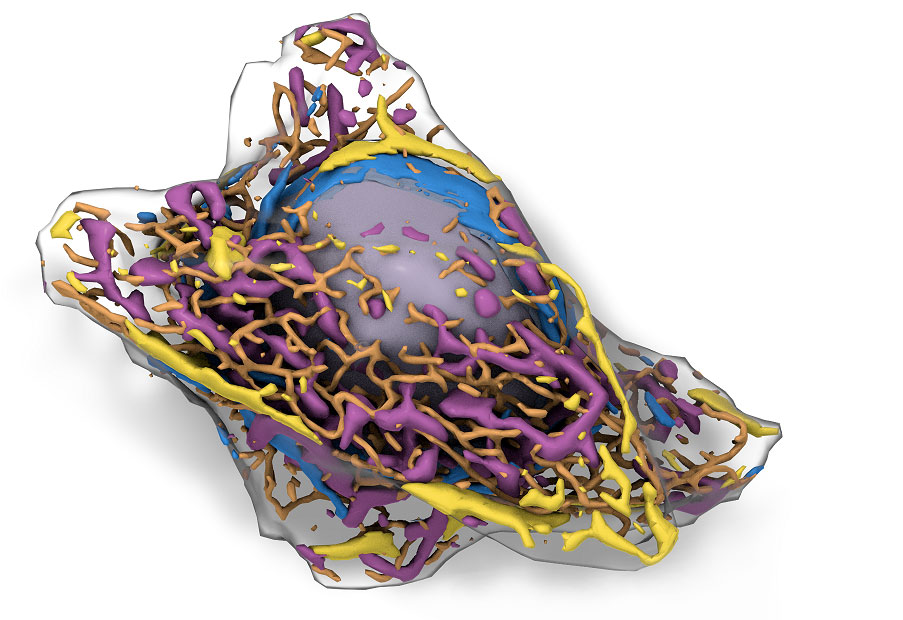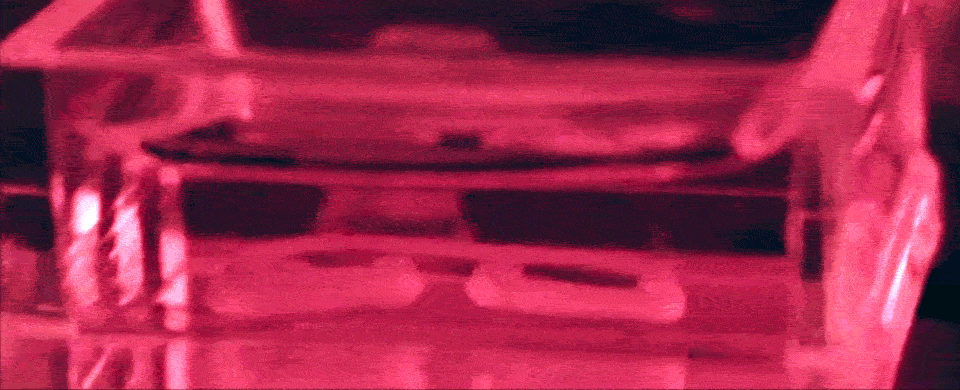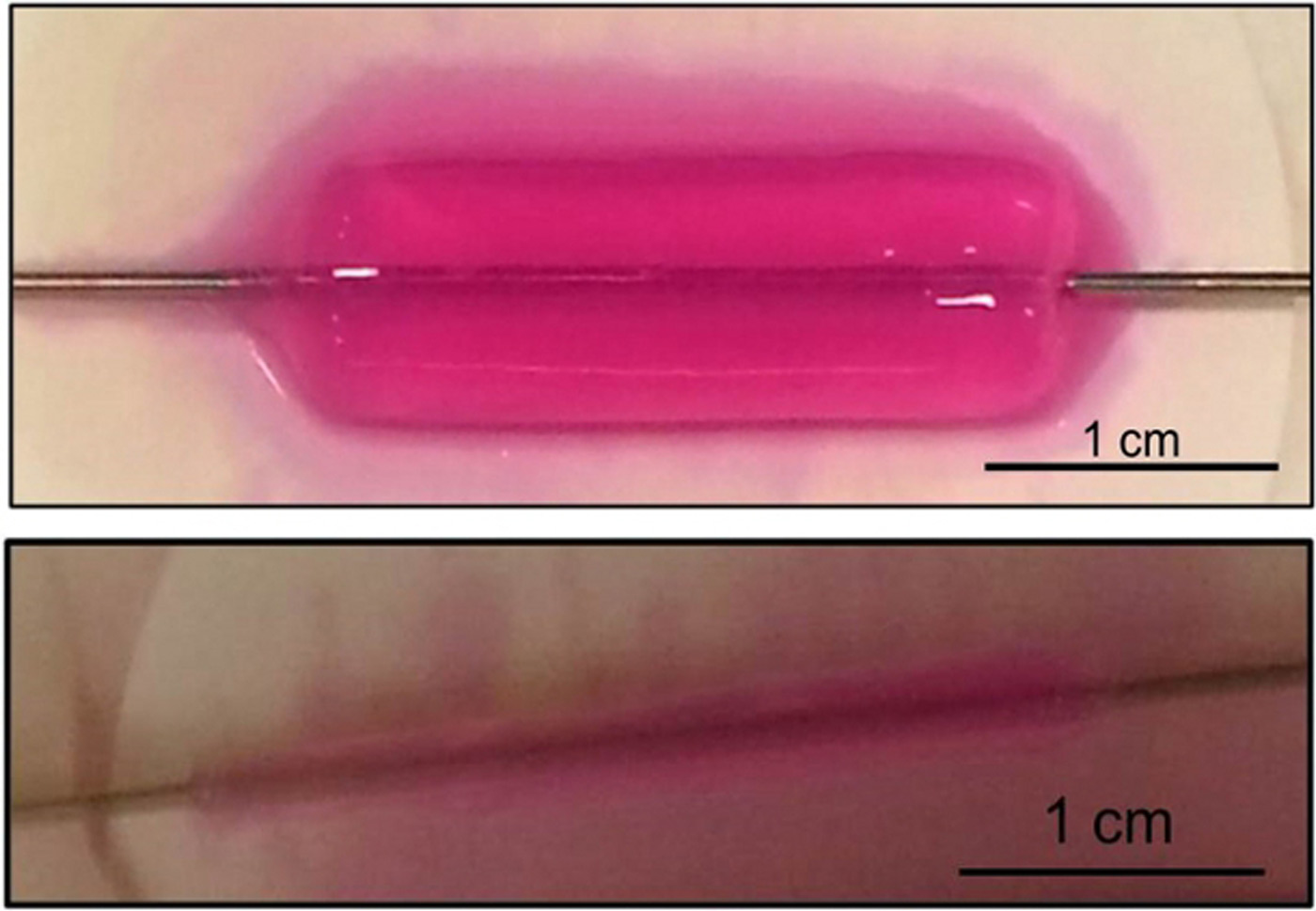
Water and fat -- those are the two primary building blocks Oxford University researchers have used to 3D print the droplet you see above. Sounds unremarkable until you consider its intended application as a human tissue replacement. By stringing together thousands of these so-called droplets (which measure about 50 microns across) using a custom-built 3D printer, the Oxford team believes it has engineered a "new type of material" that could eventually be used to ferry drugs throughout our internal systems to a specific target site, fill-in for damaged tissues or even mimic neural pathways via specially printed protein pores. The potential applications for medical science are impressive enough, but consider this additional benefit: since the droplets contain no genetic material, scientists can completely sidestep all the ethical red tape surrounding the alternative stem cell approach to artificial tissue. At present, the team's been able to string about 35,000 of the droplets together, but there's no real cap as to how large or even what type of networks can be made. If the money and equipment are willing, this Oxford team can make scifi dreams come true.
Filed under: Science, Alt
Comments
Via: National Geographic
Source: Oxford University
 Serious lung disease has a high rate of mortality, and the only curative treatment is a lung transplant. This is a complicated procedure that has other adverse health effects and oftentimes simply doesn't work, so for scientists in this field, organ...
Serious lung disease has a high rate of mortality, and the only curative treatment is a lung transplant. This is a complicated procedure that has other adverse health effects and oftentimes simply doesn't work, so for scientists in this field, organ...
 Serious lung disease has a high rate of mortality, and the only curative treatment is a lung transplant. This is a complicated procedure that has other adverse health effects and oftentimes simply doesn't work, so for scientists in this field, organ...
Serious lung disease has a high rate of mortality, and the only curative treatment is a lung transplant. This is a complicated procedure that has other adverse health effects and oftentimes simply doesn't work, so for scientists in this field, organ...
 Lab-grown organ transplants aren't right around the corner, but they may considerably closer than you think. University of Texas Medical Branch researchers have successfully tested bioengineered lungs in adult pigs, with no signs of medical complica...
Lab-grown organ transplants aren't right around the corner, but they may considerably closer than you think. University of Texas Medical Branch researchers have successfully tested bioengineered lungs in adult pigs, with no signs of medical complica...
 Over the course of their careers, biologists develop a huge mental library of cell structures and their corresponding data. Investigating specific areas of a living cell involves a piecemeal approach, identifying how some parts work with others and s...
Over the course of their careers, biologists develop a huge mental library of cell structures and their corresponding data. Investigating specific areas of a living cell involves a piecemeal approach, identifying how some parts work with others and s...
 Fashion and tech are teaming up yet again. Engineers at MIT have designed a workout suit that responds to your body heat, according to a study published last week in Science Advances. The clothing, made from latex, is covered with thumbnail- to finge...
Fashion and tech are teaming up yet again. Engineers at MIT have designed a workout suit that responds to your body heat, according to a study published last week in Science Advances. The clothing, made from latex, is covered with thumbnail- to finge...
 Today on In Case You Missed It: MIT and Stanford researchers created tiny robots that can grab onto clothes and walk on your shirt, with the goal of them one day, forming a swarm to create a temporary video screen and then marching back into a...
Today on In Case You Missed It: MIT and Stanford researchers created tiny robots that can grab onto clothes and walk on your shirt, with the goal of them one day, forming a swarm to create a temporary video screen and then marching back into a...
 What do you get when you mix the heart cells of a rat with silicone from breast implants and then sprinkle in a bit of gold and genetic engineering? No, not Trump's next trophy wife -- you actually get this incredible "living" robot. Developed by a t...
What do you get when you mix the heart cells of a rat with silicone from breast implants and then sprinkle in a bit of gold and genetic engineering? No, not Trump's next trophy wife -- you actually get this incredible "living" robot. Developed by a t...
 Researchers have modified muscle cells to move in response to light, which could eventually result in "bio-bots" useful for health or environmental applications. The breakthrough was made possible by the rapidly expand field of optogenetics, in which...
Researchers have modified muscle cells to move in response to light, which could eventually result in "bio-bots" useful for health or environmental applications. The breakthrough was made possible by the rapidly expand field of optogenetics, in which...
 Man-made tissues and organs are useful tools for scientists seeking to understand and potentially fix the human body. One area in which they could have a significant impact is drug discovery, allowing researchers to test therapies in living models pr...
Man-made tissues and organs are useful tools for scientists seeking to understand and potentially fix the human body. One area in which they could have a significant impact is drug discovery, allowing researchers to test therapies in living models pr...

